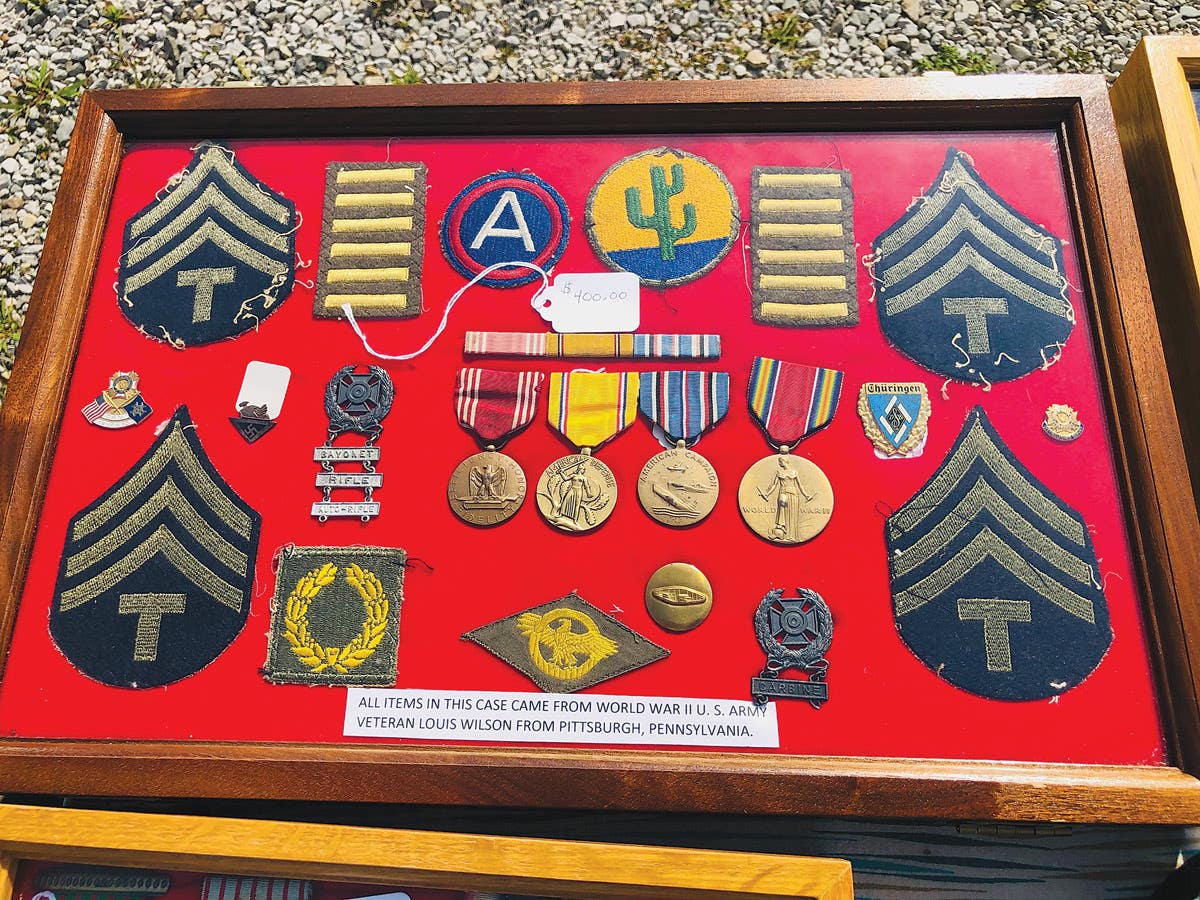Museum hording a dangerous threat to artifacts
Economic woes are plaguing public museums throughout the United States. As pension plans drain and people scramble to cover losses, institutions are laying off staff, cutting services and closing their…
Economic woes are plaguing public museums throughout the United States. As pension plans drain and people scramble to cover losses, institutions are laying off staff, cutting services and closing their doors.
This isn’t new, however. Publicly held museums have been struggling for survival since the 1980s. Americans have made it clear: They do not value institutional preservation of artifacts or heritage. Sure, everyone says they support museums (it’s like asking someone if they like puppies), but fewer are putting their money where their mouth is.
I have mixed feelings about this. Maybe I am not a good one to comment on the state of the museum world, having worked far too many years in various Midwestern institutions. However, it is clear to me that supply and demand rules the museum world.
Currently, the “demand” for museums is at an alarming low. Therefore, museums have tried to curtail “supply” by limiting services. For example, the State of Illinois recently announced it will shut down many of its museums. Minnesota Historical Society is poised for another massive “spring layoff” of staff.
But something isn’t working in “economy of museums”. Demand is low, so museums have lowered supply. That means demand should begin to creep up.
It is not.
The days of the traditional museum are passing fast. On one hand, this is good news for collectors. Close those museums and get the artifacts back in the hands of money-paying public! But that isn’t the way it works.
These struggling museums tend to “mothball” their collections, naively looking to the day when demand will rebound. Ain’t gonna’ happen. Yet, they would rather let historic collections rot in storage than put it back in the hands of the public.
Museum hording is not only egotistic and elitist; it is a dangerous threat to historic artifacts. Private collectors take the time to research, preserve and even display and interpret their collections. Few museums still have the resources to do that.
If a museum can’t open its doors to the public now, little is going to change that within our lifetime. Sell the goods. Get them in the hands of people who can care for, research and appreciate the items. After all, we are all just temporary caretakers of this stuff.
At a time when demand for museums would reemerge, it would simply be a matter of collecting again. The United States is a nation of savers. If a museum divests itself of its collection today, very little of it will disappear except through natural attrition (which will occur regardless of where the artifacts are kept). When, and if, the museum can open its doors and fulfill its missions in a fiscally responsible manner, the staff would have the opportunity to buy new collections. This would actually weed out redundancy and the maintenance of artifacts inappropriate to the museum's mission--both symptoms that are commonplace in so many museum collections.
Stimulating growth doesn’t mean locking the doors and turning off the lights. If museums were responsible—that is, true to their missions of preserving the past—they would do whatever it takes to care for the artifacts…even if it meant selling them.
John Adams-Graf
Editor, Military Trader and Military Vehicles Magazine
John Adams-Graf ("JAG" to most) is the editor of Military Trader and Military Vehicles Magazine. He has been a military collector for his entire life. The son of a WWII veteran, his writings carry many lessons from the Greatest Generation. JAG has authored several books, including multiple editions of Warman's WWII Collectibles, Civil War Collectibles, and the Standard Catalog of Civil War Firearms. He is a passionate shooter, wood-splitter, kayaker, and WWI AEF Tank Corps collector.







